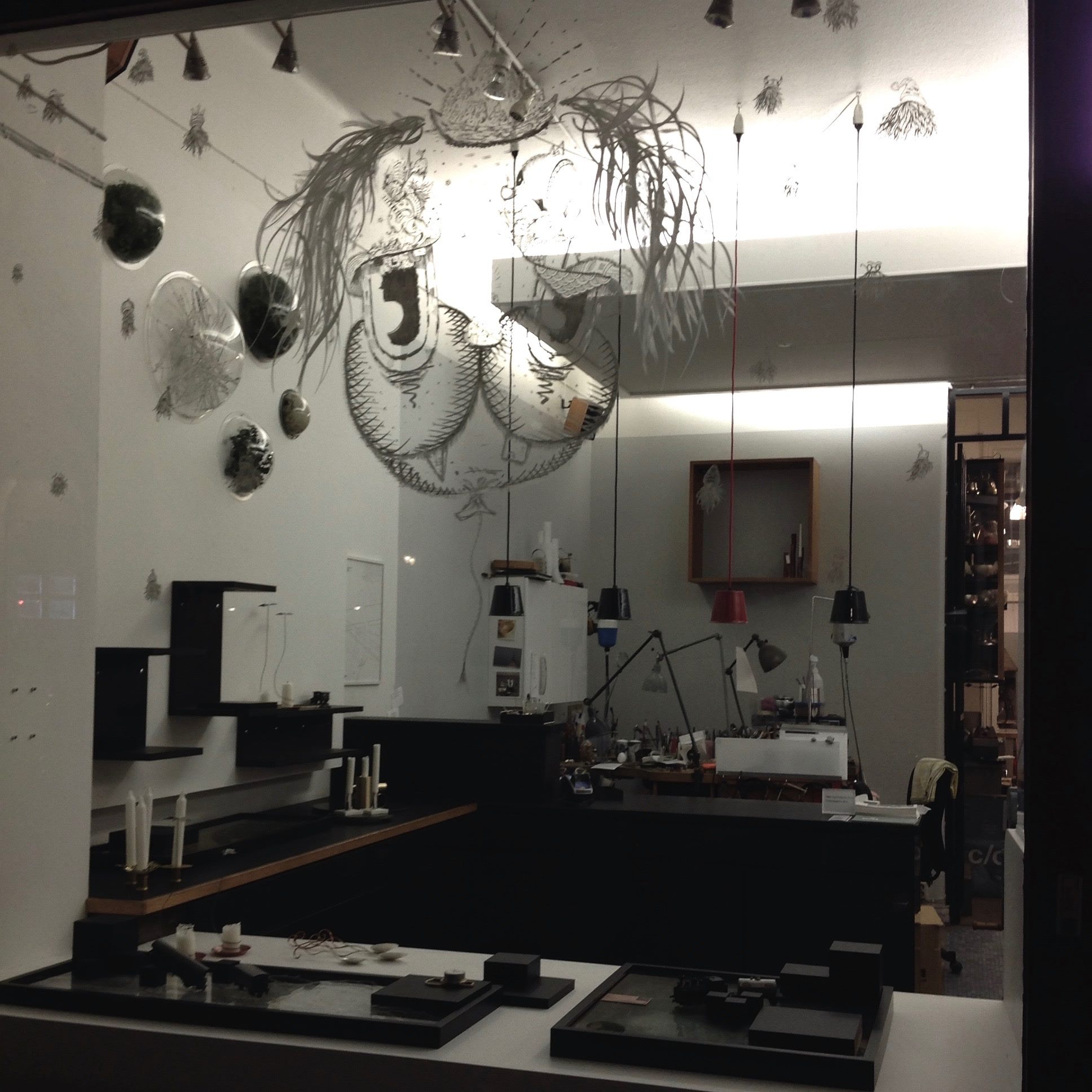
Öppettider innan JUL
Måndag – fredag 11.00-18.00
Lördag – söndag 11.00-16.00
Från och med 15/12 – 23/12. Varmt välkommen!

Ljus på LOD.
Nu fortsätter årets ljusreflekterande metalljul på LOD med manschetter och gravyrillustrationer, örhängen, ringar, halsband och korpus av silver. Vi påminner om att LOD är överallt den här månaden. Klara Eriksson på Snickarbacken 7, Petronella Eriksson både på kulturhuset och i Uppsala. Lena Jerstörm, Pierce Healy och Maki Okamoto i Marabouparken andra advent och Pernilla Sylwan i Köpenhamn på Galleri Montan.
Tack för besöket alla som kom på vår vernissage!
En fin, kort film om utställningen. Kolla gärna från länken här!
Stort tack för Tetsuhiro Koyanagi

Pernilla Sylwan är med på Galleri Montans 10år jubileum i Köpenhamn.
Utställningen pågår mellan den 7 november och den 28 november 2015.
Glöm inte bort att rösta på årets frimärke. Här är de frimärken som vi varmt vill rekommendera.Klicka här för att komma till omröstningen på Postnord.